When we start our garden, we’re usually full of enthusiasm. As the season progresses, we may become tired, or the summer heat prevents us from working in the garden that often. But the plants growing in the garden need as much attention as before.
Surviving through the hot summer months is a challenge for each garden plant. And keeping garden plants healthy (and alive!) is a challenging thing for every gardener as well. That’s why the summer months require some specific tasks if you wish to help your plants to get across the finish line.
Take a look at our “to do” list if you want to know what garden tasks should be done in summer. As an extra, you will get a list of best vegetables to grow in the summer, as well as flowers that can be successfully started in summer.
During the summer heat, watering your plants is critical as the soil dries out quickly. If your plants don’t get their moisture through regular rainfall, you will need to water them regularly. Most of the plants need an inch or two of water per week. Some of them(tomatoes and cucumbers for example) need a daily supply of water, sometimes even twice a day. Without a steady supply of water, your fruit-bearing plants won’t be able to produce fruit, while leafy greens will end their life cycle quickly.
Mulch and drip irrigation are some of the best methods to prevent your plants from being thirsty. Be sure to water your plants in the right hour. The best time for watering is early morning or evening. If you water during the hottest part of the day, water will evaporate quickly and your plants will remain thirsty. When watering, try to water at the base of the plants and avoid watering the leaves. Pay attention to this when watering in the evening; if the foliage doesn’t have time to dry out before dark, your plant can be attacked by powdery mildew and other fungi.
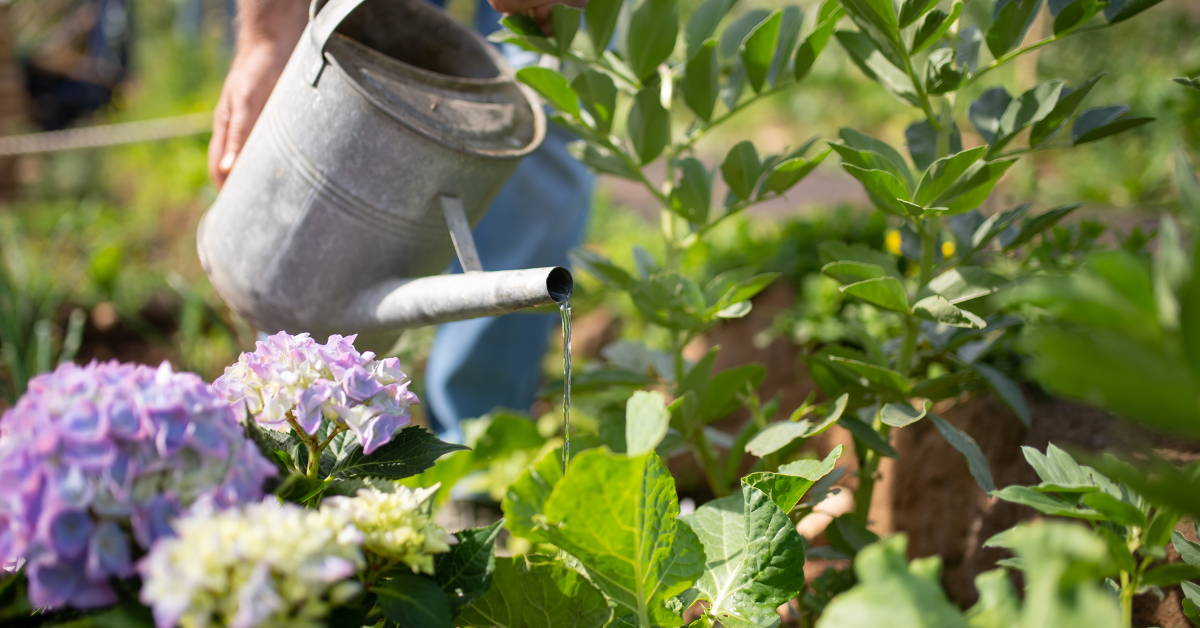
Leafy greens such as spinach, lettuce, arugula, or chard are prone to early bolting. That means that the heat of the summer and dry conditions signal the plant that it’s time to produce flowers and seeds. When the plant produces seeds, it means that its lifecycle is over and you won’t be able to harvest its leaves anymore. To prevent this and prolong the harvesting season, try to water your leafy greens regularly. Mulching around your plants can also help combat early bolting; a layer of mulch will retain moisture. You can also use shade cloth, or plant your leafy greens in a shaded spot in the first place. If you notice flower buds, pinch them off to prolong the harvesting season just a bit!
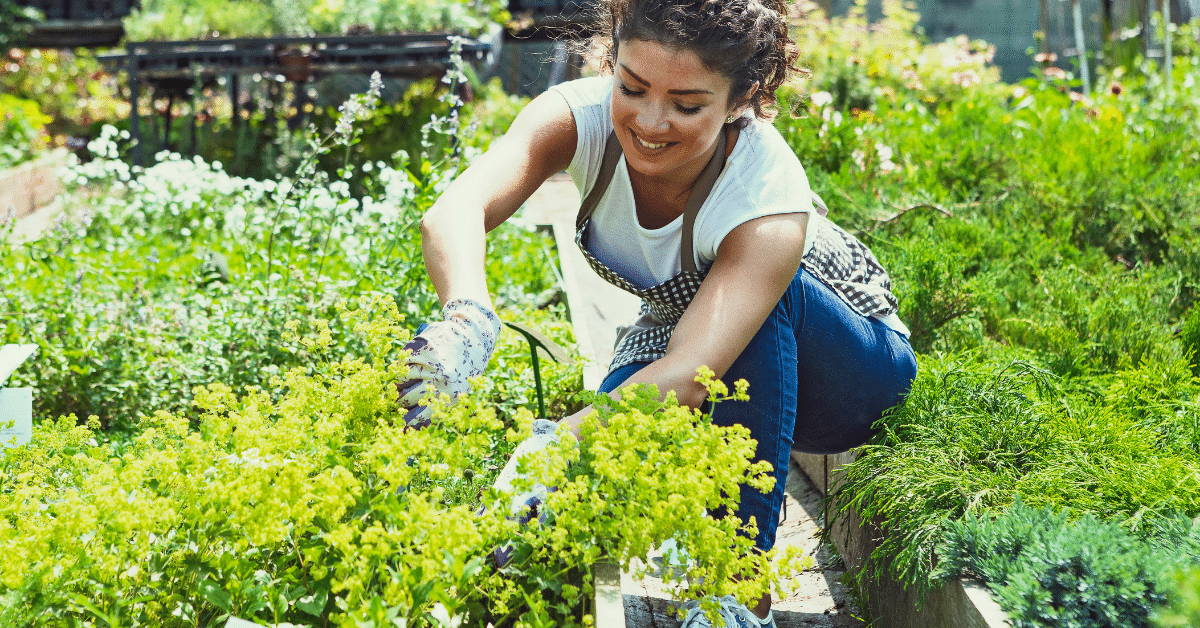
Every gardener knows what happens if he’s absent from a garden for a few days during the heat of the summer. When the heat is high, our crops are struggling and doing their best to survive. On the other hand, weeds are doing just fine! Even without rain, weeds tend to go wild and take over the garden. They are heavy competitors. That’s why we need to weed regularly. If you’re too busy to weed, mulching your plants can save you some time. There are many other techniques and methods that are quite useful in fighting weeds; get informed and find the solution that suits you best.
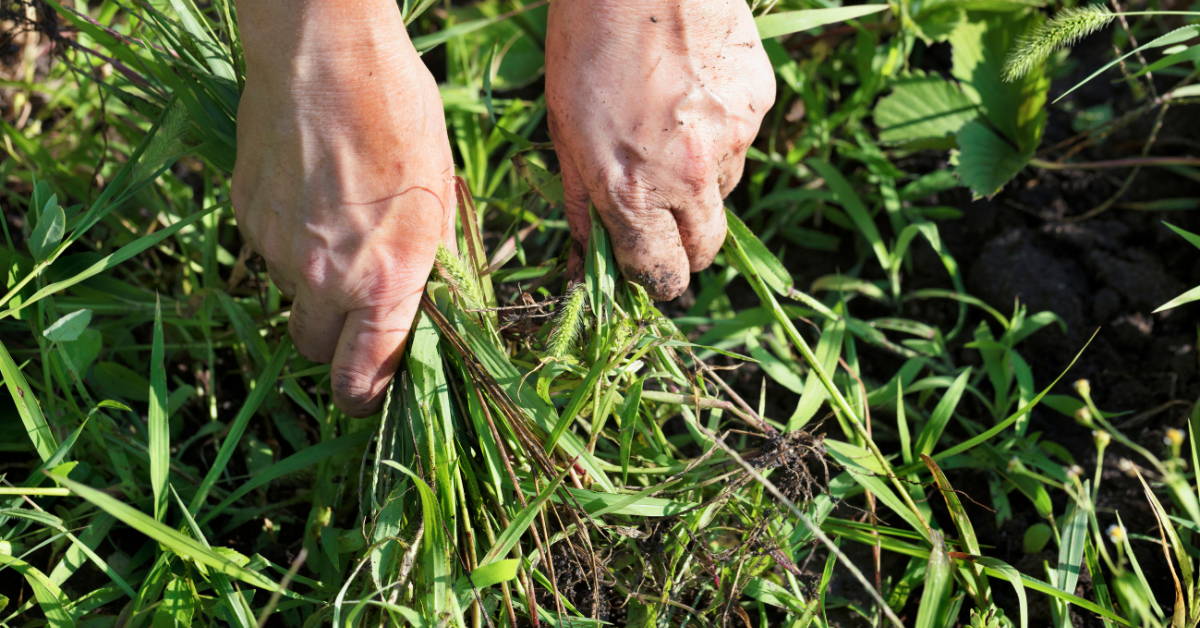
The more you harvest the more they produce! You’ve probably heard this many times. And it’s completely true. Cut-and-come-again is a great way to utilize your crops. Why wait for lettuce to form the head when you can harvest individual leaves on a daily basis? Of course, you will let your onions form their bulbs and harvest them at once. But many vegetables can be harvested continuously during the growing season. For example, if you harvest your green beans and peas regularly, they will produce more. If you leave pods on the vine for too long, they will mature and go to seed—this is a direct message to the plant that its purpose is fulfilled so it will stop producing. Another crop that should be harvested early is zucchini. Try to harvest them while still young; this way you’ll have the tastiest fruit with fewer seeds. The same goes for cucumbers.
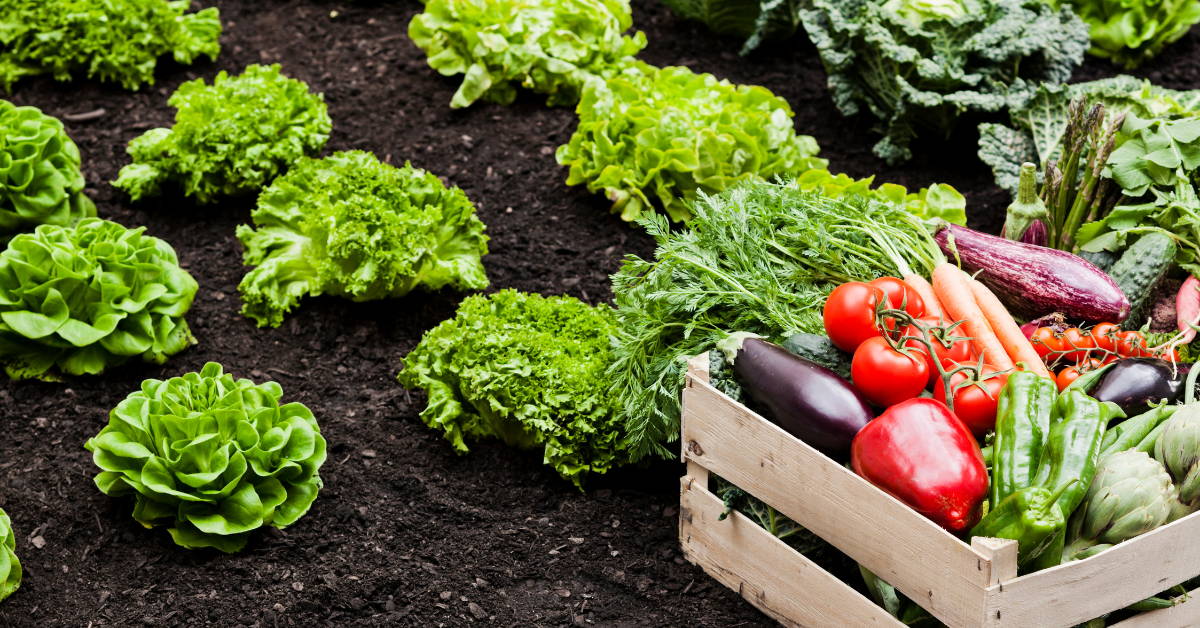
Most of the crops are best when consumed fresh. But sometimes we grow more than we can consume during the growing season, intentionally or unintentionally. As you harvest your crops, you will need to take some time to store and preserve what can’t be consumed immediately. For example, peas can be frozen fresh, green beans can be blanched shortly and stored in a freezer. Zucchinis can be stored in various ways: grated, sliced, or chopped; store them fresh. As you harvest your tomatoes or peppers, you can make delicious sauces and dips that withstand longer storage. Pickle your cucumbers, cabbage, or cauliflower. You can also blanch chard and spinach and store them in Ziploc bags in a freezer. There are many ways to preserve your crops.
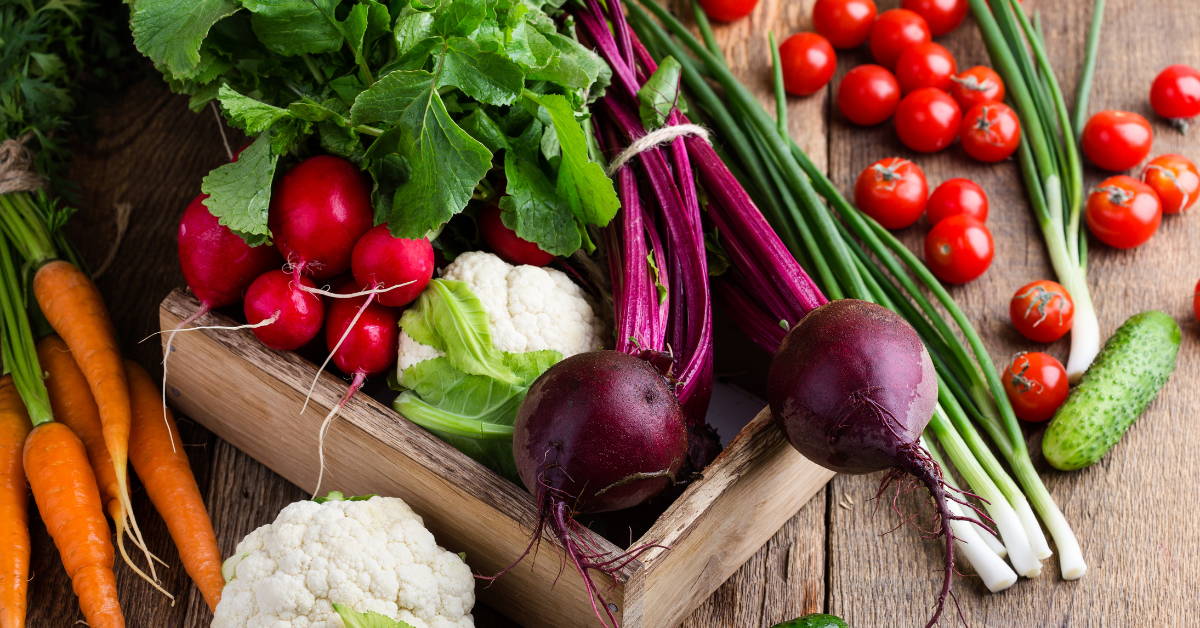
Deadheading your flowers is one of the best practices that you can try if you want to keep your garden tidy and neat. Removing spent or faded flowers as soon as they appear will instantly give your flowerbed a fresh look. But there’s something more to deadheading: by removing faded blooms you’re actually encouraging more blooms and extending the growing season! You can simply pinch the flowers off and dispose of them, but you can also harvest them for use. For example, you can harvest nasturtium, calendula, or chamomile and use the flowers in meals and beverages (or dry them). Other, non-edible flowers can be cut and used for flower arrangements.
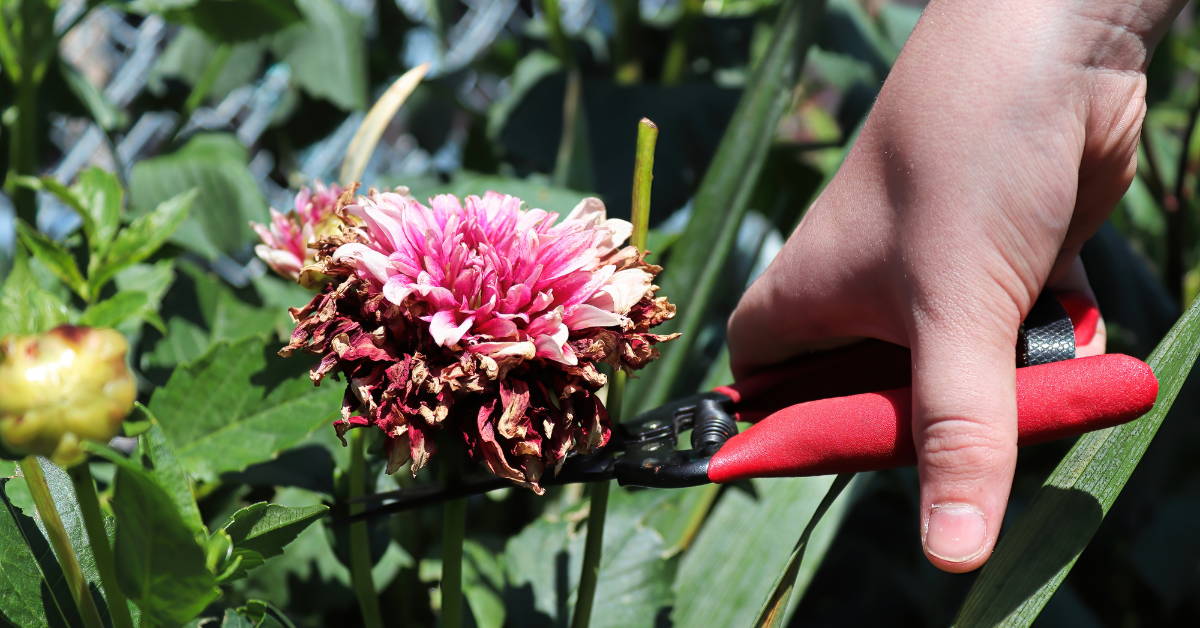
Being several months into the growing season means that soil might be nutrient-depleted. With rains and watering, many nutrients have been probably washed out deep into the soil. Your plants have also used a great amount of these nutrients to reach their present state, especially fruit-bearing crops such as tomatoes or zucchini. Adding an extra layer of organic compost will boost your plants and give them the needed energy. Don’t forget to fertilize your flowers; they will appreciate a fresh kick. Plants and flowers grown in pots should be fertilized more often, as the nutrients in containers tend to deplete fairly quickly.
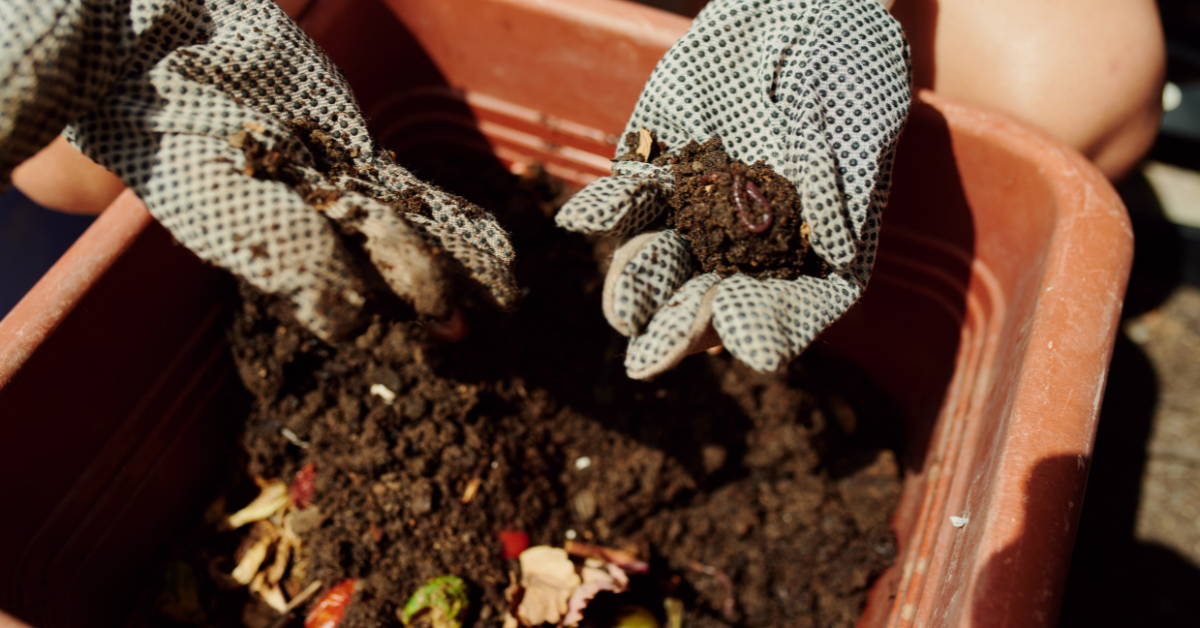
Scout for pests on a regular basis. The more your plants grow and get bushier and bigger, the more leaves and plant parts where these unwanted visitors could hide. Also, the summer drought can weaken your plants, especially if they don’t get their regular supply of water. This makes an ideal situation for various pests. Luckily, pest problems can be detected early if you check for signs of infestations regularly. Be thorough and don’t forget to check the undersides of the leaves, where many pests like to lay their eggs. Get informed on what type of pest you’re dealing with so you could keep the infestation under control.
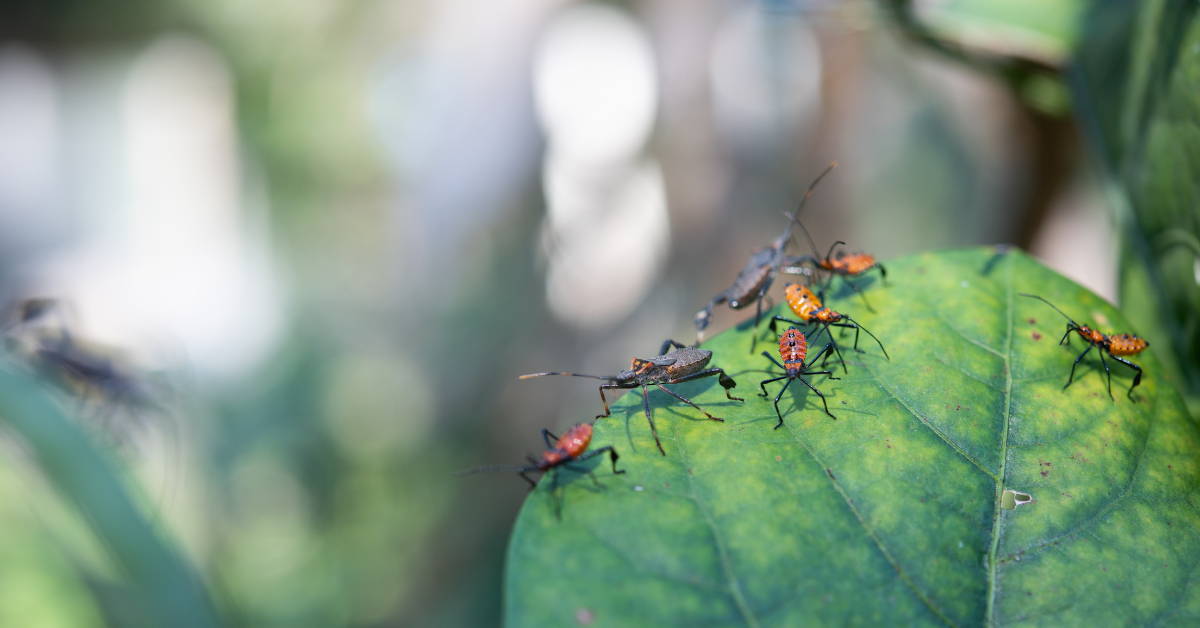
Summer is the peak season for many herbs. Chamomile, calendula, lavender - all should be in bloom by now. Harvest the flowers around noon, when the essential oils are most concentrated. Avoid harvesting your herbs in the morning when the dew hasn’t dried out yet, or after rain. Summer is also a time when you should collect sage, mint, dill, and more that are cultivated for their leaves. Use them fresh or dry and store for future use.
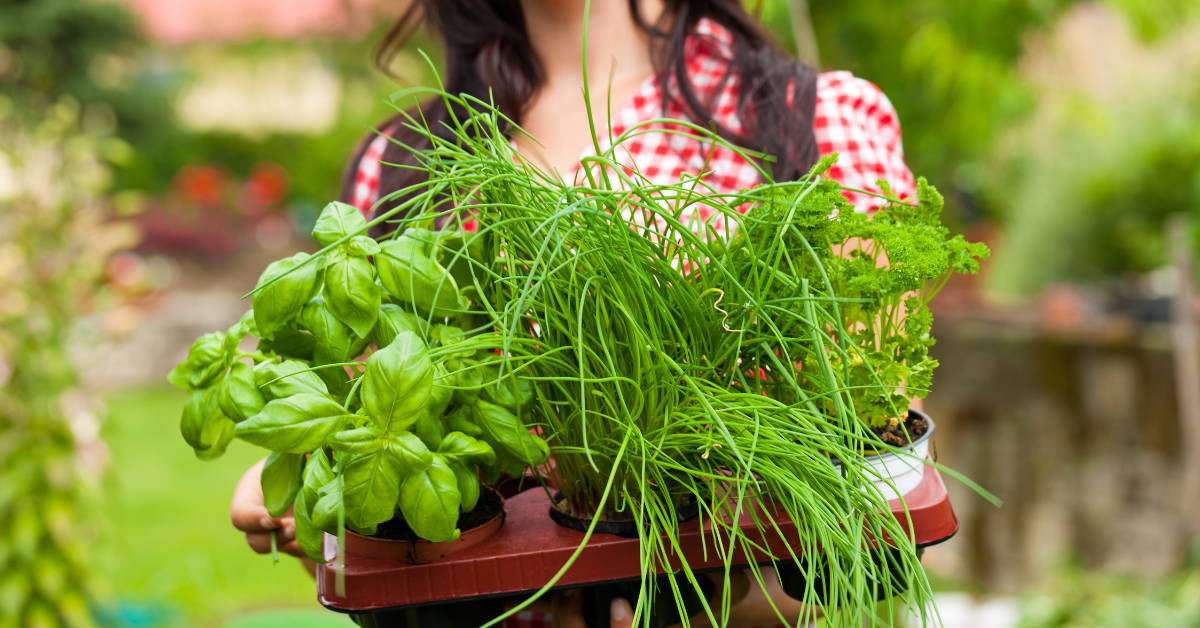
Maintaining a summer garden ain’t easy, especially when we consider high temperatures and sweltering sun. Try to do hard work in cooler parts of the day. The best time to do garden chores is before 10am and after 4pm. If possible, try to do energetic work on overcast or cloudy days. Don’t forget to wear a hat and always use sunscreen with an SPF of at least 50. Though it may feel tempting, avoid wearing strap tops unless you’re ready to reapply your SPF as recommended. Some tasks, such as propagating, can be finished in shady places.

Having a vegetable garden or growing flowers is something like having a pet. You must prepare your plants for your absence and keep your garden going on while you’re on vacation. You can install shades and self-watering systems. Mulching your garden can also help keep your plants hydrated and prevent weeds from popping out. Ask a family member or neighbor to take care of your plants while you’re gone. Or find a garden buddy! Your garden buddy can look after your garden while you’re on vacation and you can do the same for him.
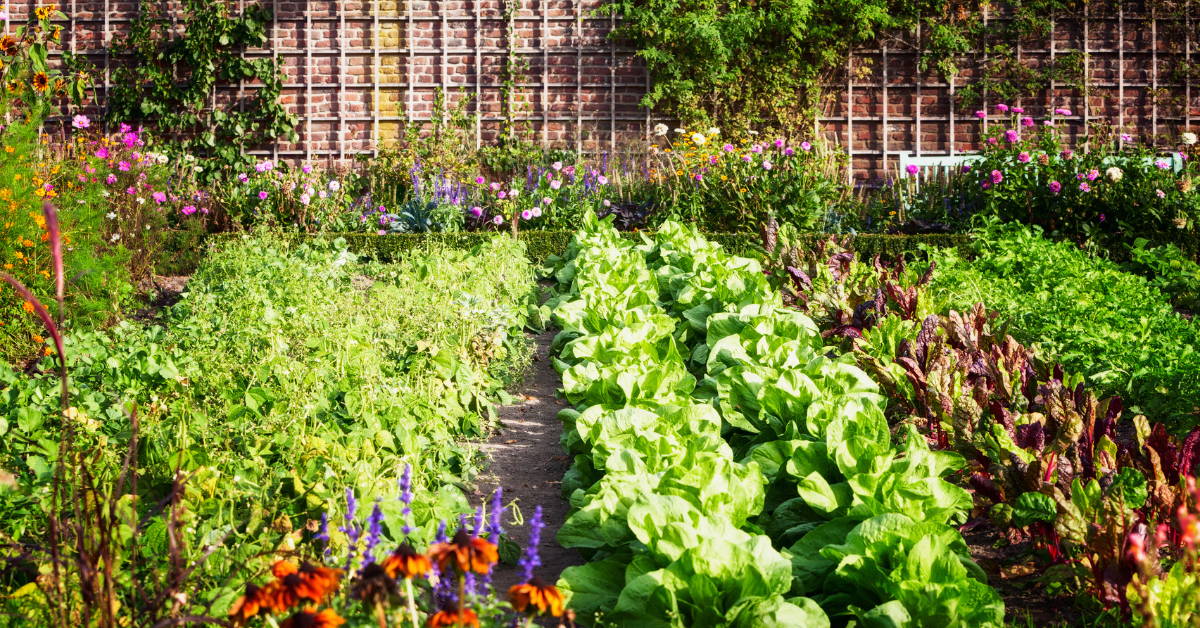
For many gardeners, the sowing season isn’t limited to spring; many of us rely on summer planting as we always search for new ways to extend our season and grow as many plants as possible. Summer is the right time to start your fall garden. By this time, you probably have already harvested some of your crops and you have an empty garden bed. This is where you can fit the crops that you’ll be harvesting in the fall. Sowing in June, July, and August gives a succession of various crops and prolongs the gardening season. Here are some useful tips if you’re sowing your seeds in summer!
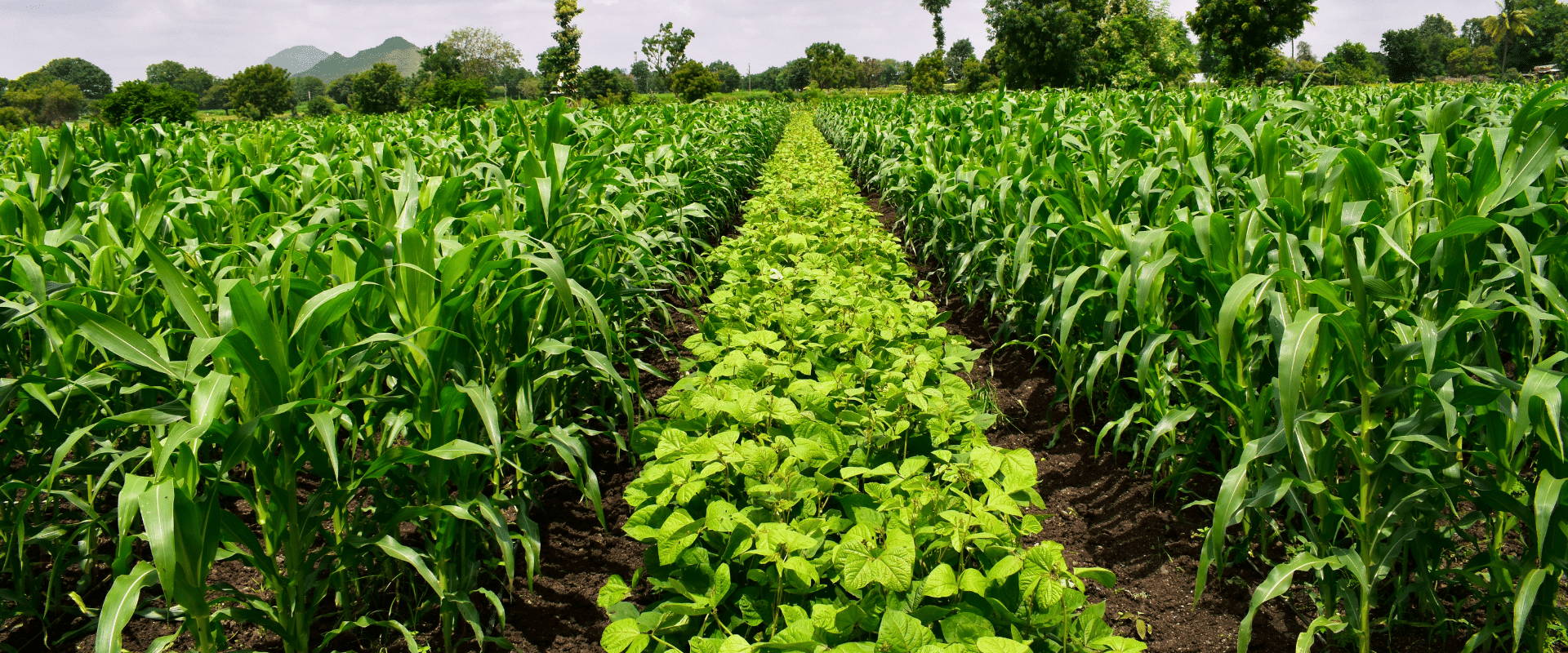
Take a look at the list below to get some ideas on what vegetables to plant in summer.

If you’ve noticed that your spring-planted arugula has started producing flowers and is heading towards the end of its lifecycle, it’s the right time to sow it again. Arugula can be sown in succession every 2 to 3 weeks to achieve a continuous harvest. Use this tangy leafy green fresh in salads.
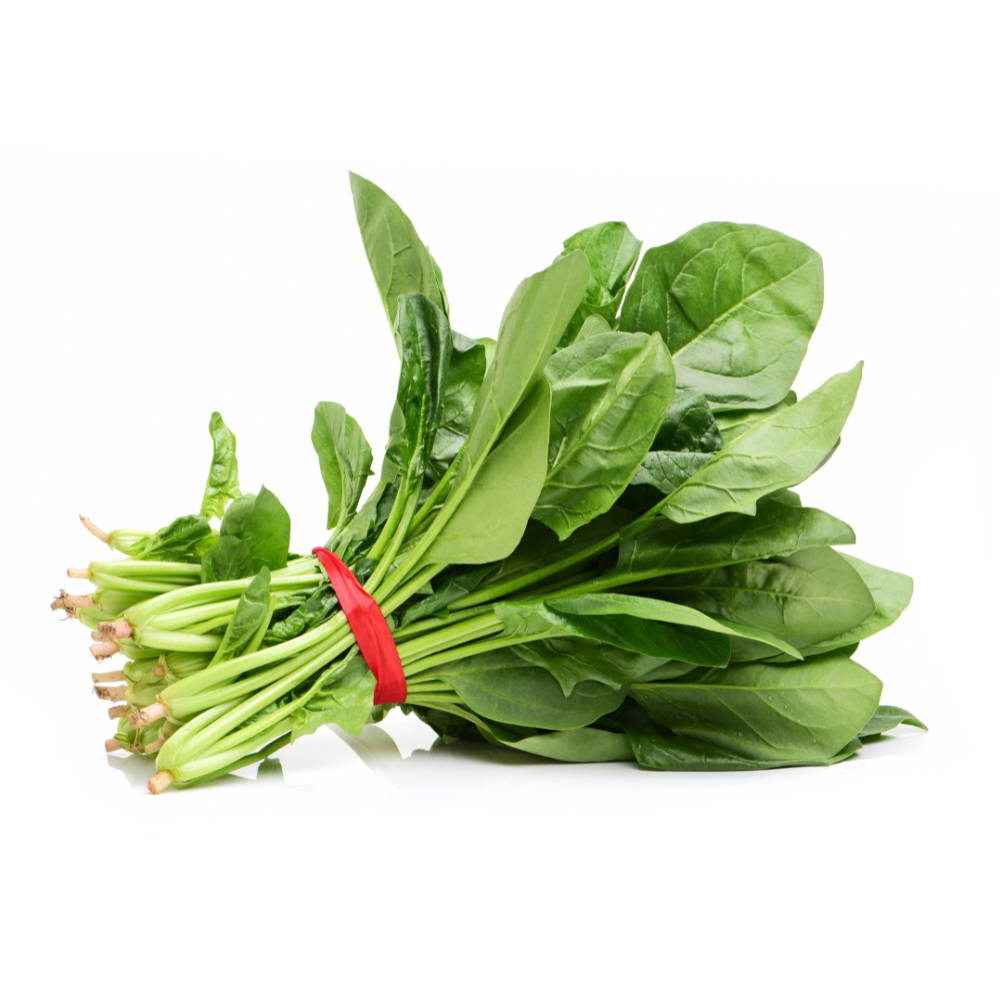
One of the first vegetables to bolt in the summer, spinach is a perfect crop for spring and fall gardens. By midsummer, your spinach has probably already bolted. Once the plant produces a flower stalk, the leaves soon become bitter (though some people love the taste). Pull the plants out and start a new batch of this nutritious leafy green.
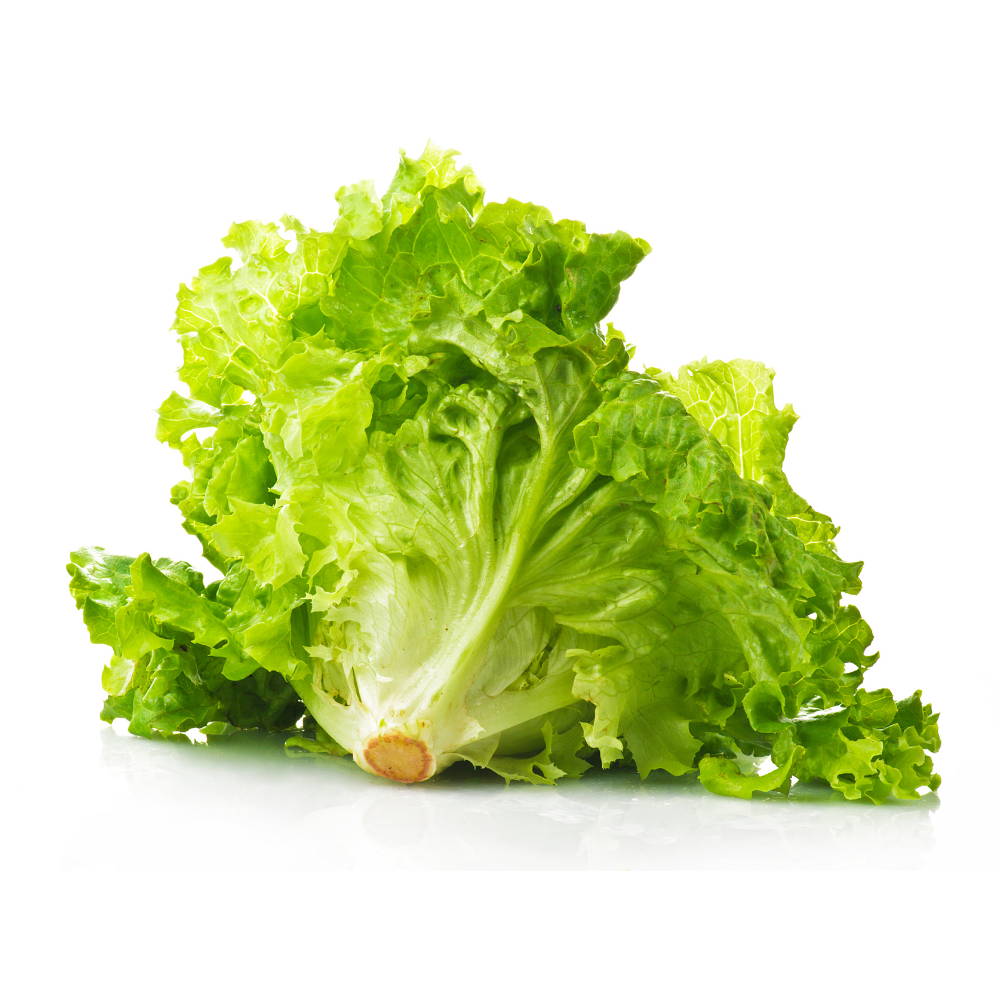
Another crop that is prone to early bolting, lettuce can be sown in summer for the fall harvest. Once the temperatures go down, the lifespan of your lettuce crop will exceed. In strong sunlight and due to lack of water, lettuce can face stress and the leaves may become wilted. Sown in summer and grown throughout the late summer and fall, lettuce will preserve its crunchiness.
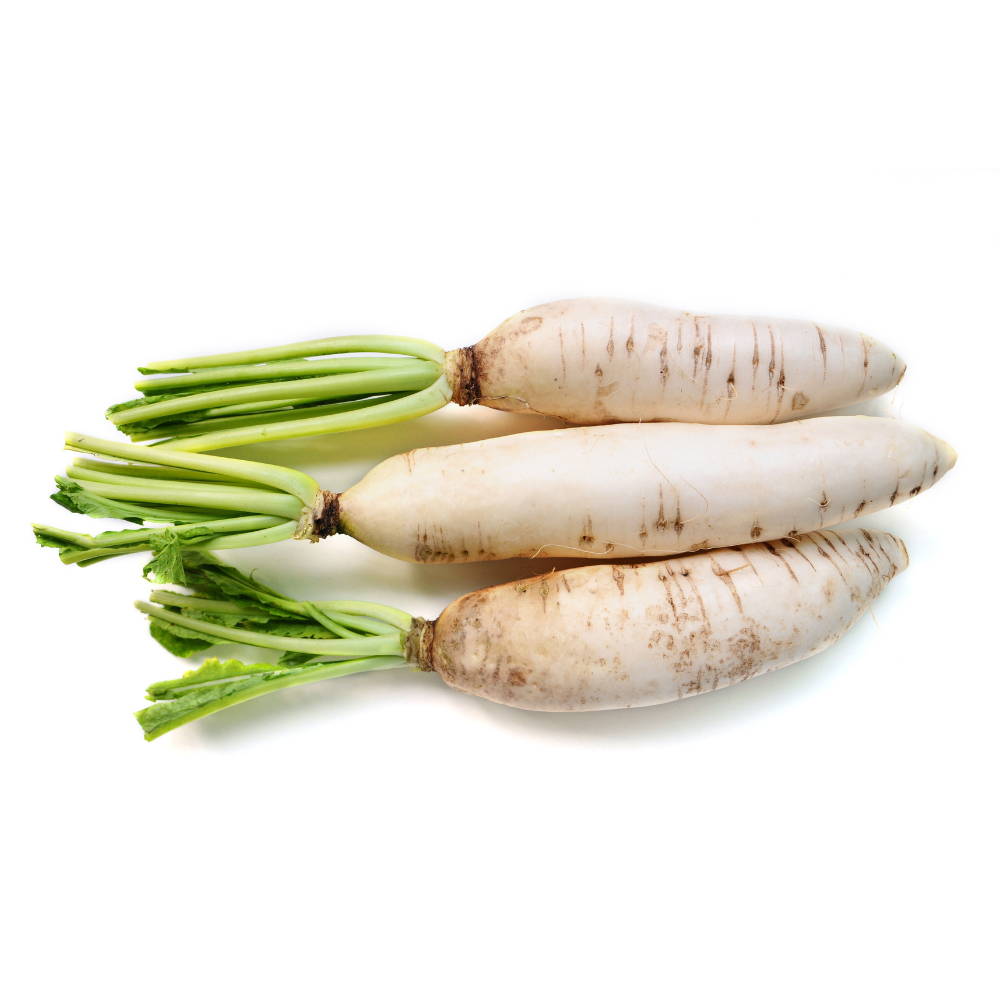
Radish germinates and matures really fast; usually within a month. That makes this crop a perfect candidate for succession planting. You can sow radish seeds every 2 weeks, well late into the fall. Approximately 4 weeks before the first frost date in your region, you should stop sowing radishes.

Also known as Welsh onions, Japanese onions, or bunching onions, evergreen scallions can be successfully sown in summer. They grow relatively fast and are tolerant of many unfavorable growing conditions.

If you have an empty garden bed or a row, why don’t sowing carrots? Even if they don’t have time to fully develop, you can still harvest delightful baby carrots. Carrots withstand heavy frost and can be left in the ground way into the fall.

Did you know that you can enjoy your beets long into the winter? What’s more, their taste becomes even better when exposed to frost. That’s why the beet is the perfect crop for late planting and late harvest. You can also harvest their leaves, as they’re completely edible. They make a great addition to salads and stir-fries.

Find dwarf varieties that mature relatively fast and you’ll have a wonderful autumn harvest of fresh green beans. Sowing your beans in July or even August may seem uncommon, but it’s surely possible. Harvest them regularly throughout the growing season.

Another leafy green that can be sown in summer for the second harvest. Before frost arrives, you will have plenty of fresh, crunchy leaves to enjoy, not to mention baby chard!

One of the best crops for fall harvest ,kale can be planted during summer. For best results, start your kale indoors and transplant them outdoors once a few inches tall. You can also find early-maturing varieties that can be sown directly. Some kale cultivars can be harvested just in 55 days from sowing, which makes around 70 days for summer-planted crops. Other plants from the Brassica genus such as broccoli are also amenable for summer planting and fall harvest
Summer is a great time to start some fast-growing tender annuals as well as hardy annuals that will thrive way into fall. It is also a perfect time to sow biennials and perennials that will bloom next year. Summer-sown flowers will bloom and bring life to your garden when spring-planted flowers begin to fade. Most of them will last way into fall. Here are some summer flowers you can sow!
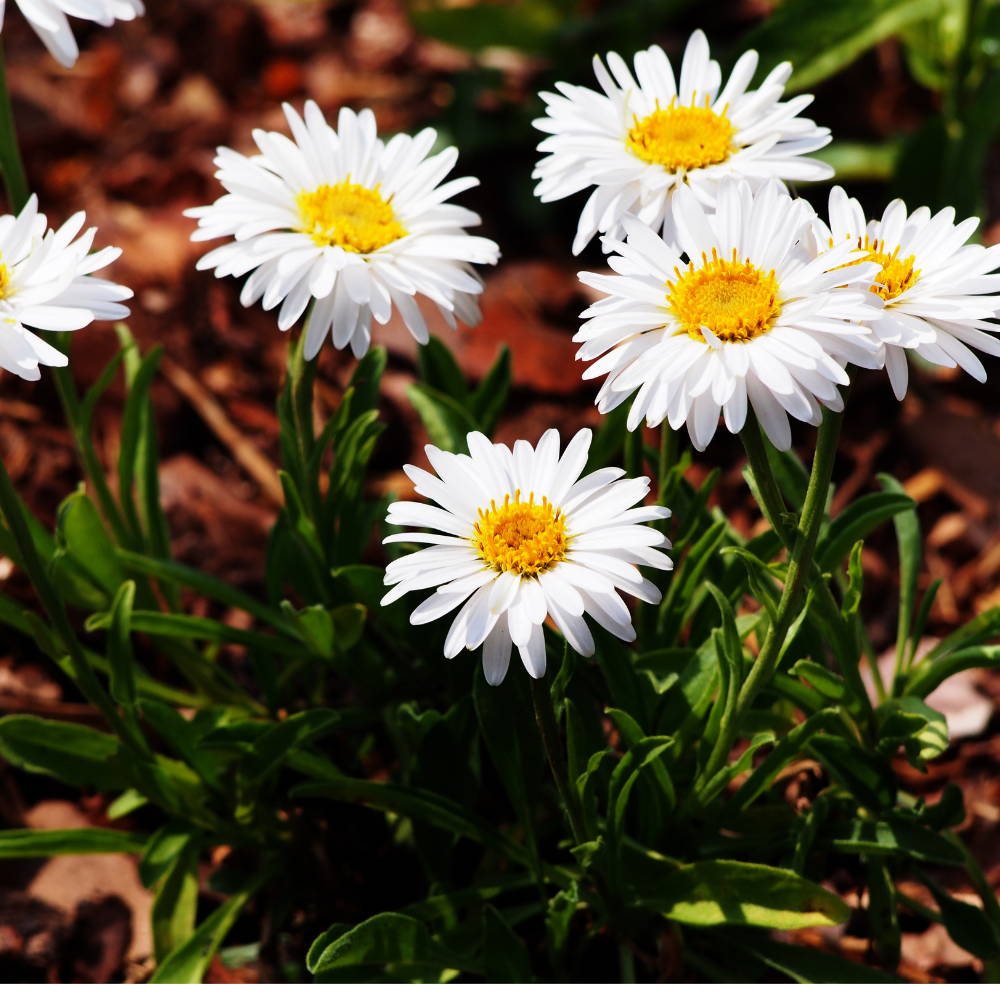
Asters can be successfully directly sown during the summer. Aster seeds don’t have an issue germinating when temperatures are high and they need around 80 days to reach maturity. When planted in summer, they will still have time to develop blooms before heavy frosts hit.
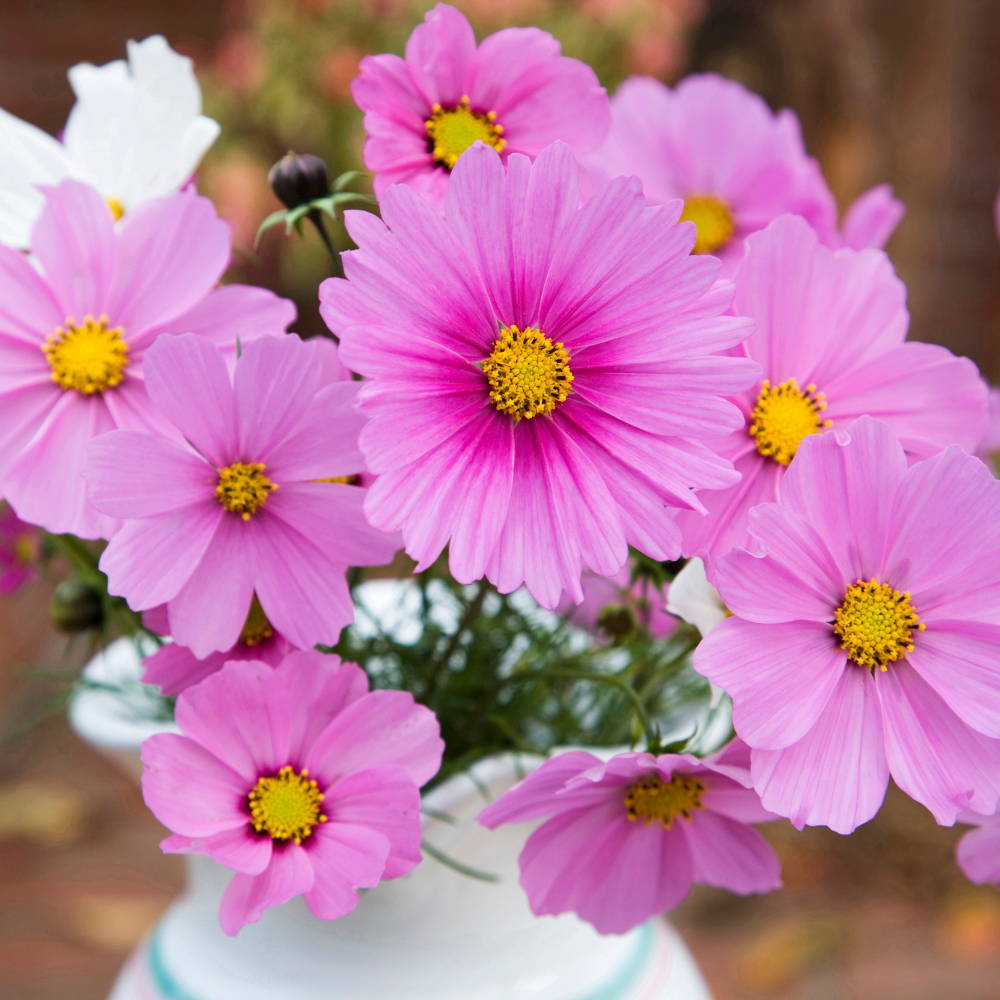
One of the best flowers to sow in summer, cosmos varieties germinate quickly and grow fairly fast. What’s great about these lush flowers is that they are able to self-seed. Once you plant them, they will self-seed and return again next year. Sow them once and enjoy their beauty for many years to come!
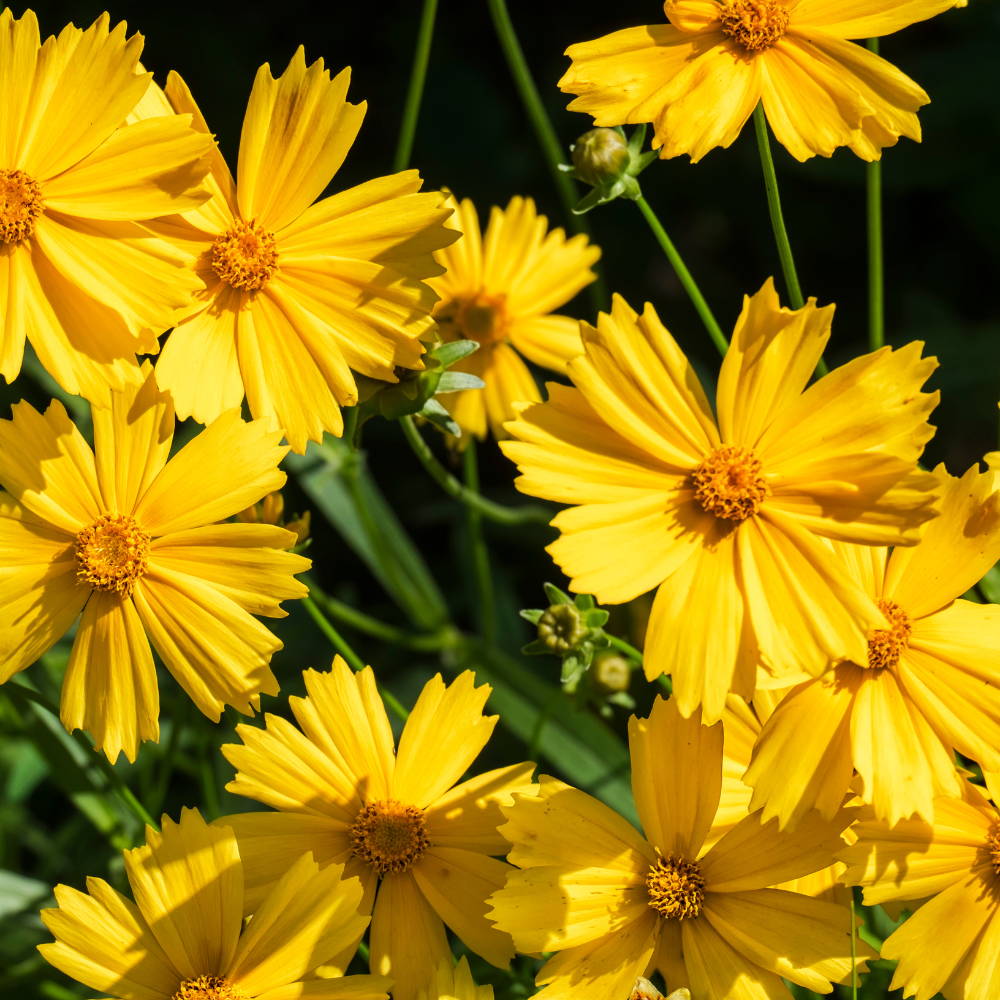
Coreopsis is another self-seeding wildflower that can bring meadow beauty to your garden. Just like cosmos, Coreopsis seeds are able to germinate if temperatures are relatively high. Once established, this wildflower is fairly easy to maintain.
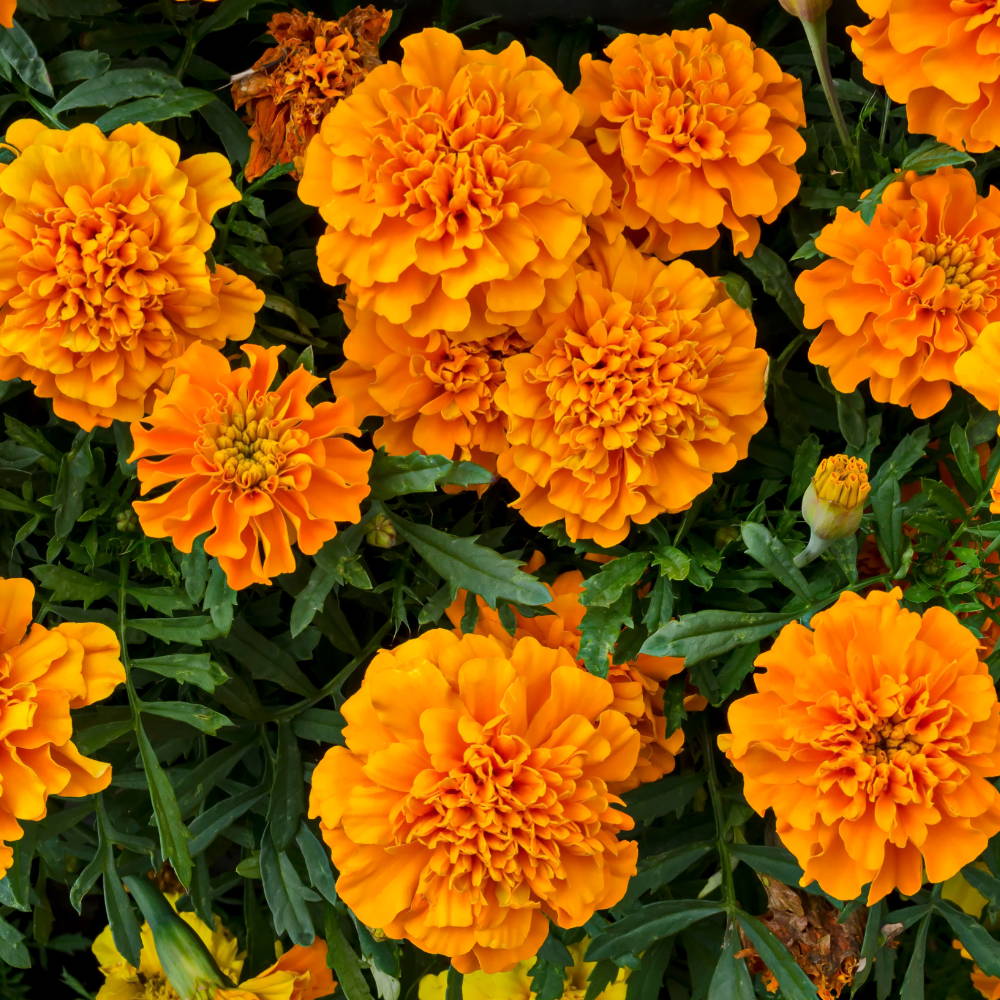
One of the best flowers to incorporate in your garden, marigolds are considered to be a great ally against pests. When sown directly during the summer months, this amazing flower will have enough time to produce its wonderful blooms that will last until the first heavy frosts.

With its edible flowers and leaves, nasturtium is a great addition to any garden. With many cultivars available, you can choose the one that fits you best. Some nasturtium cultivars bloom in 50 to 60 days, which makes them a great choice for summer sowing. Sow in late July or find a slightly shady place to protect your nasturtium from the intense summer heat. Nasturtium plants will continue growing and blooming until frost.
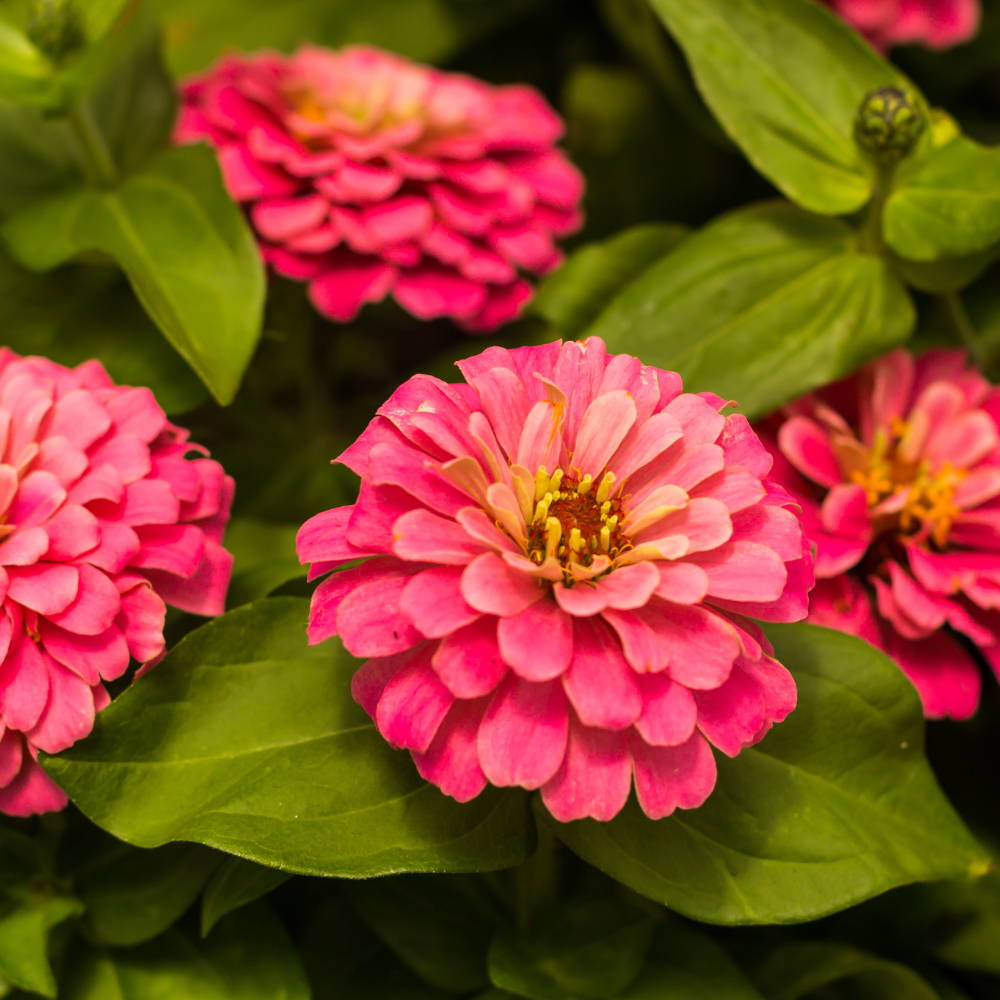
Zinnia is another fast-growing annual that can be successfully sown in summer. Start them in late June or early July. Once germinated and established, zinnias are extremely easy to grow. They attract beneficial pollinators, including Painted Ladies, Swallowtails, and the famous Monarch butterflies.
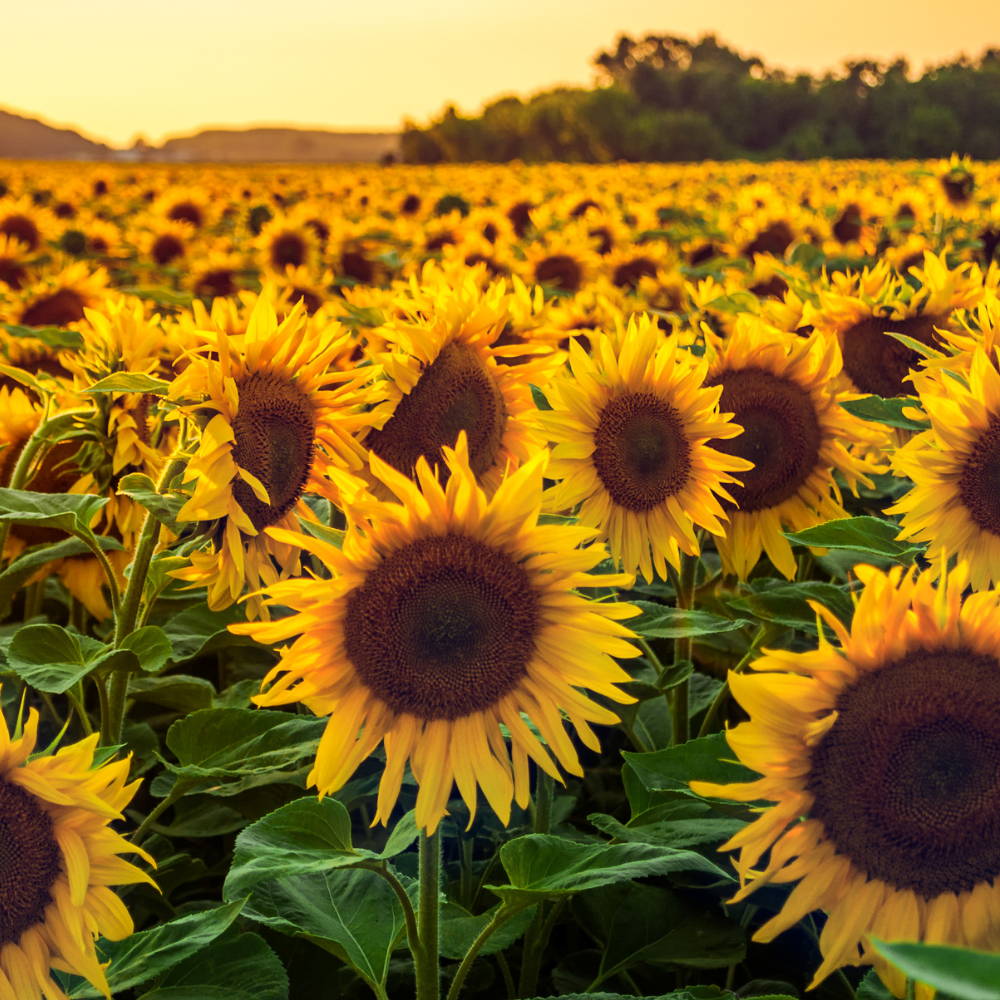
Considering their size when mature, sunflowers are true champions when it comes to the growth rate. If you wish to sow sunflowers in summer, choose dwarf or early-maturing varieties. Some sunflower varieties are able to reach maturity in 2 months. When sown directly, sunflower plants are significantly sturdier than those started indoors and transplanted outside. Be sure to find the sunniest spot in your garden to grow these wonderful plants. Be aware that sunflowers are frost-sensitive so consider your first autumn frost date if you want to see your sunflowers in bloom.
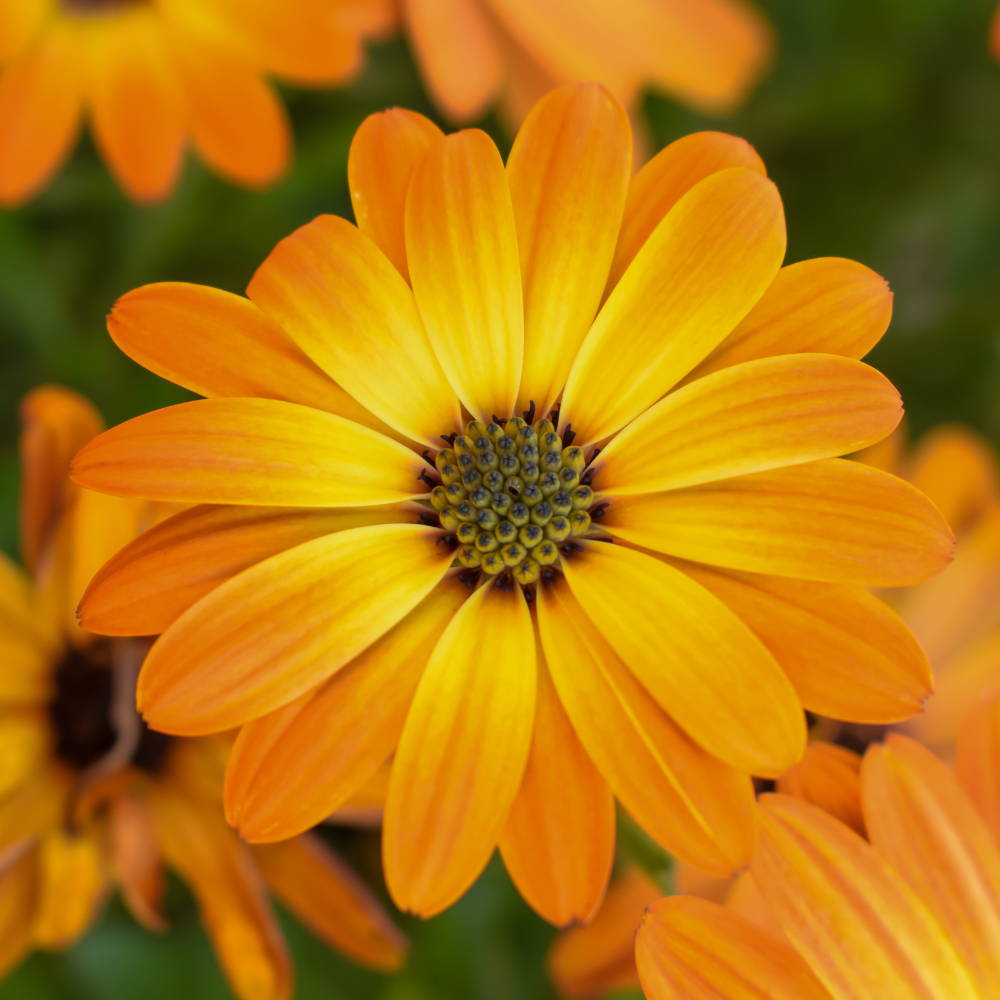
Another champion when it comes to the growth rate, calendula can go from seed to maturity in only 6 weeks. With a very long flowering season, calendula will make a wonderful display in your garden for many weeks or even months. It’s a self-seeding plant that will embellish your garden for many years. Make sure to harvest the flowers regularly to encourage more blooms. Use flowers for teas, tinctures, or oils.

Also known as bachelor's button, cornflower is a fast-growing annual that features vibrant blue flowers that are completely edible. Since this flower doesn’t handle transplanting very well, they’re best sown directly to the ground. When sown late in summer, cornflower will germinate and bloom the following year.

Foxgloves are wonderful biennial flowers that add a dramatic display to any garden. Late summer is a perfect time to start foxglove seeds. The plant will develop leaves and rosette in the first year of growth and, then, during the second year, it will burst into colorful blooms.